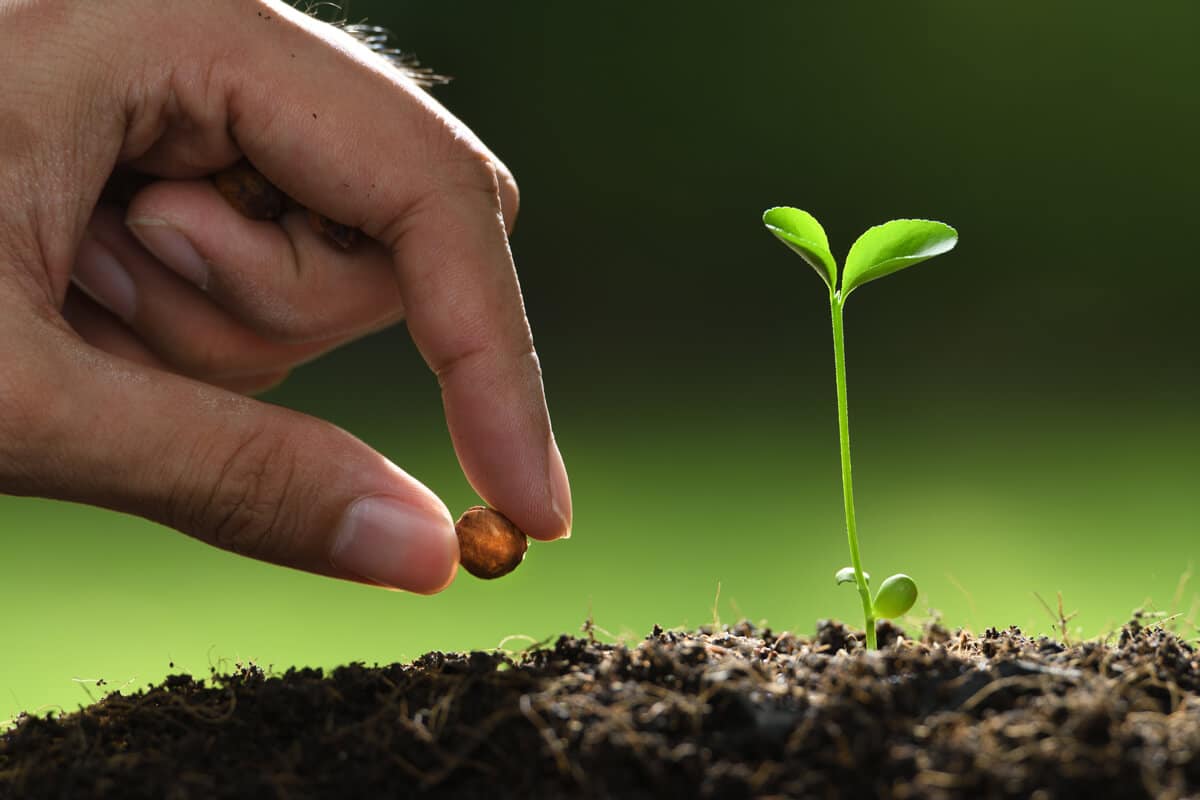More support for the "seed and the soil" approach to social-psychological interventions.

There have been some serious critiques of social-psychological interventions, such as those addressing mindsets and belongingness. However, counterarguments have been made that such interventions do have positive effects, albeit perhaps smaller than previously claimed, when delivered (1) robustly, (2) to people who need them, and (3) in contexts that support the message of the intervention. This has been called the "seed and the soil" approach, where interventions to change people's perceptions (e.g., helping them adopt a growth mindset or normalizing that many people struggle in a particular context) are the "seed" and the seed only works/grows in "soil" that supports it (i.e., a context that supports/reinforces the ideas in the intervention). The debates are far from settled, yet, but I do think the seed and soil approach has promise. And there's a new study further supporting that approach.
Binning et al. (2024) conducted a clever study to examine whether a belongingness intervention positively affected perceptions of belongingness, classroom interactions, and academic outcomes in college physics classes. STEM courses, like physics, often have large gender disparities (e.g., more self-identified men than self-identified women) that can create a "chilly climate" for women. A belongingness intervention, in this case normalizing that physics can be a struggle for everyone including men and women, was administered as the "seed." The "soil" was measured as the amount of gender diversity in the class (i.e., the percentage of women in the class). They found the intervention had positive effects on women's feelings of belongingness, the amount of cross-gender interaction in class, and -in classes with higher gender diversity- higher academic outcomes for both men and women. This is support for the soil and seed hypothesis: a social-psychological intervention like this belongingness one works best in classrooms where there is sufficient gender diversity for the intervention to lead to actual cross-gender interaction.
Here a key paragraph from the discussion:
"We argue that in diverse first-year classrooms early in the semester, the collective, collaborative delivery of the intervention set norms around social and academic adversity that framed students’ experiences in the course. Over time, with the norms helping to sideline contextual stereotypes (Okonofua et al., 2022), diverse contexts enabled students to collaborate more across group lines, and negatively stereotyped group members experienced a higher sense of classroom belonging. Both men and women appeared to benefit from the increased collaboration that diversity potentiated, resulting in higher performance (e.g., college GPA). The findings provide a novel illustration of how social- psychological interventions can produce long-term ben- efits for all students under specific conditions" (p. 9).
Very cool study, particularly in terms of the design. And I'm encouraged by the seed and soil hypothesis. I understand there remain concerns about social-psychological interventions and the claims made about them, but who wouldn't want such interventions to be successful? Here's hoping the seed and the soil approach is another step on the right path.